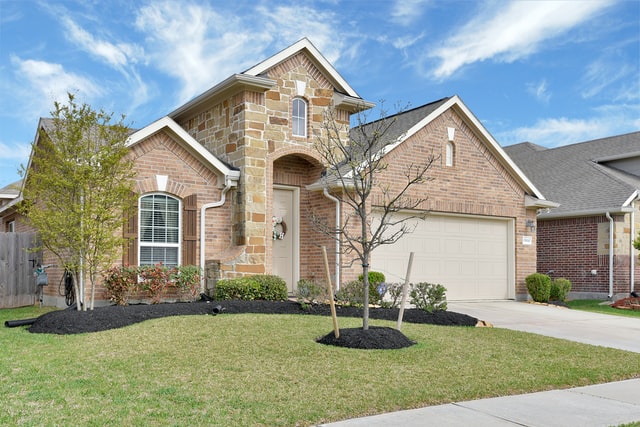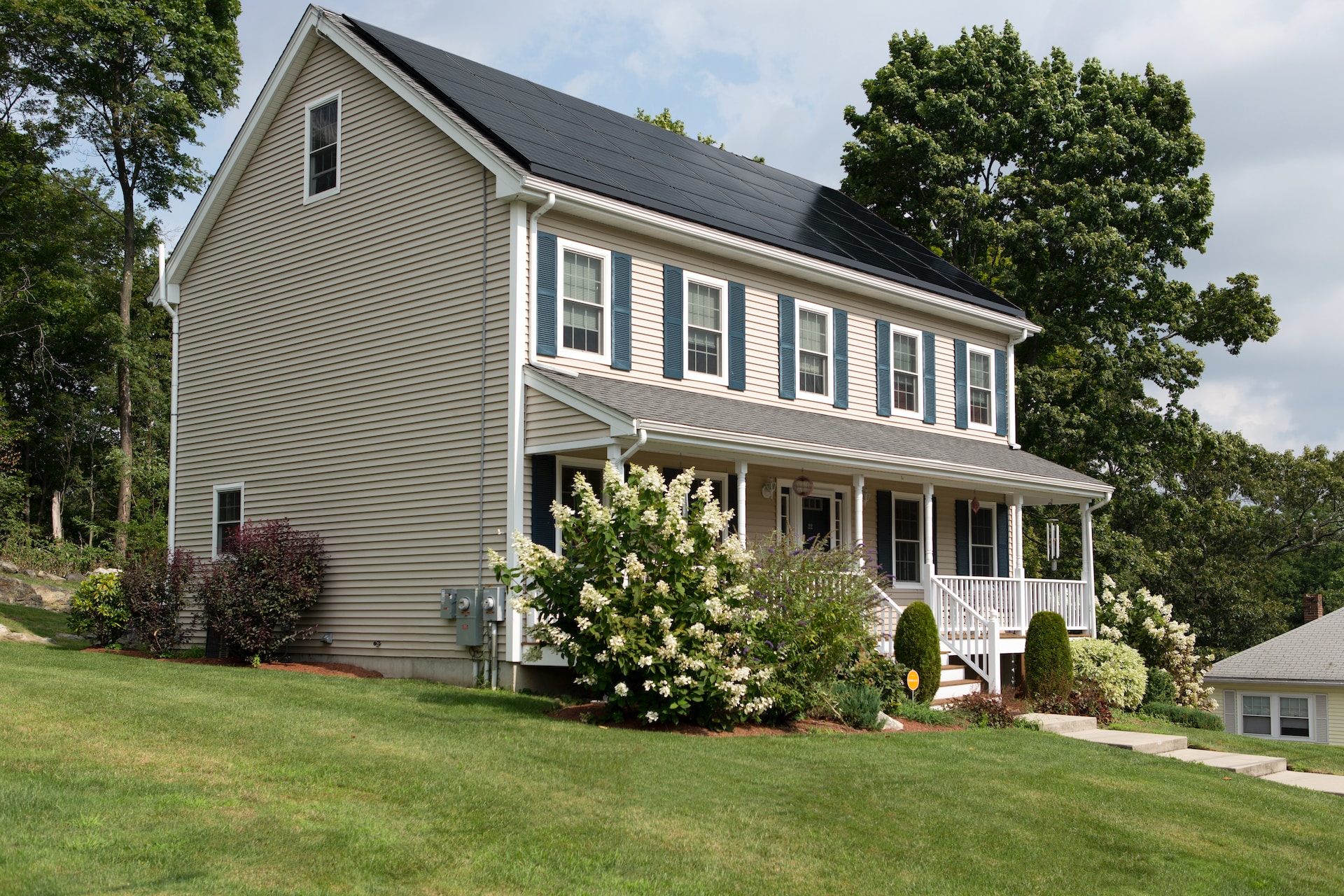As people grow older, the desire to maintain their freedom, comfort, and independence becomes more significant. Many prefer to age in place, staying in their homes for as long as possible. According to a 2021 survey by AARP, 77 percent of older adults in the United States share this preference. This aligns with the rising population of adults aged 65 and older, which has increased from 35 million in 2000 to approximately 55 million in 2020, according to the U.S. Census Bureau. Despite this preference, only 10 percent of American homes are considered “aging ready,” indicating a need for more accessible housing options.
Whether you’re planning to modify your current home or want to design a brand-new accessible home to move into, these changes are key to providing older adults with a more fulfilling life. Simple upgrades and safety updates ensure that homeowners are comfortable and safe in their homes as they age. This guide has helpful information showing you how to implement accessible design into your home to ensure that you or the senior adult in your life remains comfortable and independent for as long as possible.
Understanding an accessible home and aging in place
The term “aging in place” means that senior adults can stay in their homes as long as possible while they get older rather than moving to a nursing home or a senior living facility or community. Many adults feel that growing older at home allows them to remain as independent as possible for as long as possible. There are many benefits to staying in your home as you age, including:
- More control over your daily life and activities
- The ability to remain in a safe and familiar space
- Being closer to your belongings, family, friends, and neighbors
- Maintaining a sense of closeness to the community
- Improved mental health and self-confidence
- The opportunity to continue living on your own terms
- Aging in place is typically more affordable than paying to live in an assisted living facility
- Keeping one’s home means that it can be passed on to family members in the future rather than having to sell it
According to a US News and Report study, over 90 percent of adults over 65 said they’d prefer to remain in their homes as they age. However, seniors must modify their existing homes to stay safe while aging in place. These modifications enhance security, add value, and improve the overall quality of life.
While aging in place benefits many older adults, ensuring you can do so safely is important. Those with a disability or chronic health condition may need additional assistance while living at home. The National Poll on Healthy Aging also found that just 15 percent of respondents had considered modifying their homes. Fortunately, there are now more options than ever to assist many senior adults in aging in place.
Why homeowners should embrace accessible home transformations
Making the home accessible will help enhance seniors’ quality of life and improve their independence. Implementing these adaptations allows seniors to live in their homes longer while giving family members more peace of mind. Here are more reasons why it’s smart to welcome accessible home design.
- Promotes long-term cost-effectiveness by avoiding the need to pay for the high costs of senior living facilities or nursing homes
- Adds value to the home, improving its resale value in the future
- Future-proofs the home so it’s easier to adapt to changing needs
- Reduces the risk of injury and accidents, ensuring the safety of the resident
- Improves overall functionality, making each feature easier to use
- Increases the sense of happiness, mental well-being, and independence for seniors
Exploring accessible home design

Creating an accessible home also focuses on inclusivity and provides security, senior safety, and consistency to those with disabilities, chronic ailments, and a wide range of physical limitations.
Investing in accessible home design includes adding new safety features, replacing traditional items like common appliances and doorways with more adaptive versions, and moving the location of certain rooms for easier access. Common issues like fires, slips and falls, and other injuries can be limited once the accessible home design is implemented.
Incorporating accessible design provides a variety of positive impacts on those aging in place:
- Accessible design creates a space that can be used by those within a wide age range and ability levels.
- Implementing these designs gives homeowners a customized space suited to their unique preferences.
- True accessible design is easy to use, intuitive, and simple for everyone to operate without assistance.
- These designs promote a safer home, reducing the odds of accidents and injuries.
- The right accessible home design improves comfort and reduces the physical effort required to perform daily tasks.
Exterior modifications for an accessible home
Improving the accessibility of a home’s exterior involves making some key changes that not only boost accessibility but also promote safety, especially for seniors and individuals with disabilities.
Accessibility enhancements
- Installing wheelchair ramps for seamless entry and exit, following a comprehensive wheelchair ramp guide to ensure proper installation and functionality.
- Widening pathways to accommodate mobility aids such as walkers and wheelchairs.
- Redesigning entrances to ensure smooth and barrier-free access.
- Incorporating a no-step entry to prevent tripping hazards.
- Replacing standard entry doors with wider ones for easier passage.
- Implementing textured surfaces or non-slip materials to prevent slips and falls.
- Installing lever-style door handles for ease of use.
Security and safety upgrades
- Integrating bright exterior lighting for improved visibility and security.
- Utilizing motion-activated lighting to enhance security and functionality.
- Adding stylish railings for enhanced stability without compromising aesthetics.




